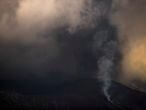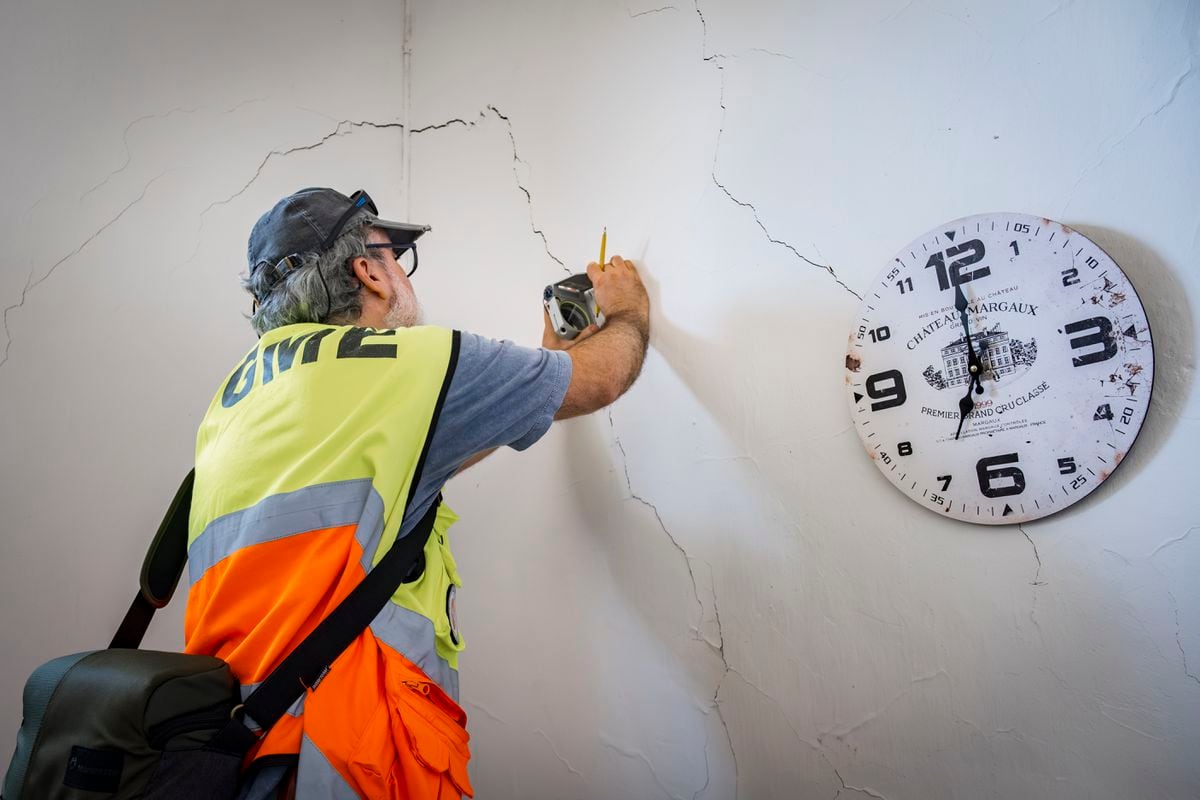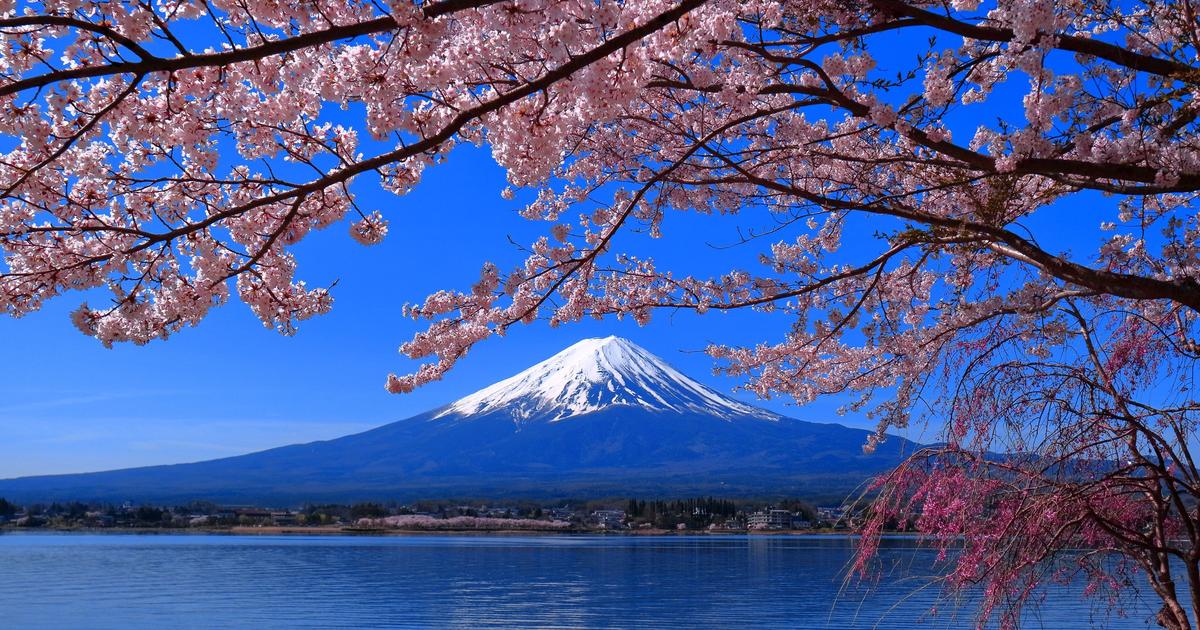The main cone of the La Palma volcano suffered a partial rupture this Saturday morning, as announced by Carlos Lorenzo, a geologist at the Geological and Mining Institute of Spain (IGME). The geologist has assured, after observing the state using drones, that this phenomenon has left "a huge stream of very large blocks displaced by the slope of the cone in the direction of the sea." The technical director of the crisis committee, Miguel Ángel Morcuende, has downplayed the phenomenon. "The cone does not support its own weight and also, due to yesterday's deflagrations, it seeks to be able to sustain itself, but it has not been of great importance," he said. All the material that has collapsed from this main mouth would be sliding through the original casting, Morcuende explained, "evacuating the pieces that it has broken from the structure itself and it is very difficult for it to move forward."
In addition, the technical director has pointed out the existence of a new emission center in the same fissure, above Montaña Rajada, which had begun to emit materials to the west of the main cone. Scientists who follow the eruption believe that it could be one of the first mouths that opened in the first hours of the crisis that has re-emitted after a period of shutdown. "It does not generate concern", has reassured Morcuende.
The technical person in charge of the crisis has wanted to reassure the palmeros by highlighting that all these changes are normal in a fissure volcanic event of a strombolian nature. "This means that the different emission centers that follow one another do so along a fissure and can be turned off or new ones appear," he explained. And he has settled: "We are facing a typical eruption of the Canary Islands." He has given as an example the "irritability phenomenon" that was suffered on Friday, with significant increases in the energy of the eruption, a natural change in this phenomenon: "They are not more explosive than usual in the Canary Islands. Which does not exclude that it is dangerous and that we are working from emergencies and from the autonomous government ”.
During the afternoon of Friday, two new emission centers were opened on the northwest face of the crater, which have finally met in a single mouth through which flowed “a new stream that in the end has been distributed over the previous stream, that has its end in Todoque ”, indicated Morcuende. "This new casting has been very fluid, among other things because it comes from internal parts of the boiler, which is at a higher temperature and flows more easily until it begins to cool on the surface," he explained. He also stated that during the night there was a decrease in energy, although in the morning it has risen again. The new wash has traveled a thousand meters above the original, he explained, but is slowing down enormously.
According to the head of the alert network of the National Geographic Institute (IGN) in La Palma, Stavros Meletlidis, there seems to have been a break in the upper part of the main mouth, "something that is normal because there is a lot of pressure built up in the cone" . This Friday, that tension that the volcanologist talks about was what caused the violent explosions to take place that forced the cordoned off area to be expanded. Finally, this pressure ended up being released when two new mouths were opened next to the cone, from which two rivers of lava flowed at high speed. The director of the IGN in the Canary Islands, María José Blanco, indicated on Friday night, after the press conference of the crisis committee, that new municipalities had been evacuated precisely for fear that this pressure would produce a lateral collapse of the main cone,causing a new uncontrolled lava flow.
On the other hand, the Instituto Vulcanológico de Canarias (Involcan) has announced this Saturday on its Twitter account that a new broadcast focus has been opened this Saturday morning.
This new focus would be located to the west of the original fissure, although its dimensions are unknown at the moment, and it could be associated with the rupture of the cone, due to the current instability of the entire volcanic edifice.
A new emission vent has opened at the west of the principal one pic.twitter.com/TnQHzvHI1T
- INVOLCAN (@involcan) September 25, 2021
The committee asks people who are going to move ashes to cover themselves perfectly, with FFP2 masks and protective glasses, because it is a material that can generate many irritation problems in the respiratory tract and eyes.
After the unexpected evacuations on Friday, 16 people had to be relocated, who moved to a hotel center, where they will stay for at least another 24 hours until the future of the eruption is evaluated.
If it does not cause any type of spike again, they will be able to return, said Morcuende, "but if they do not give us guarantees, they will continue to be evacuated."
The Red Cross assures that several of the people who came to the El Fuerte shelter have settled in a shelter.
The new crisis of the volcano that erupted last Sunday, September 19, has returned fear to a population that was trying to recover from the destruction of 450 homes and 190 hectares of land, according to satellite data from the Union's Copernicus program European.
The volcano has increased in explosiveness since Friday, increasing the reach of the pyroclastic material and the emission of ash.
In addition, two new eruptive mouths have been opened.
More information
Guide to aid for those affected by the volcano
The La Palma volcano intensifies the explosions and forces the evacuation of new areas
This apparent reactivation has led the Canary Islands Government Emergency and Coordination Center (Pevolca) to evacuate this Friday between 300 and 400 people from three new towns, Tajuya, Tacande de Abajo and the part of Tacande de Arriba that was still outside danger.
The island has also been cut off by air. The airport manager Aena reported this morning that the island's airport, located some 27 kilometers of winding roads from the volcanic cone, remains inoperative due to the accumulation of ash. The eight takeoffs and landings that were scheduled for this Saturday in connections with Tenerife, Gran Canaria or Madrid have been canceled. Aena informs that the cleaning of the facilities has begun, although it warns in a message on its Twitter profile that "the situation may change at any time". The statement underlines: "The priority is to guarantee the safety of operations."
Currently, there are three active lava flows.
The main one, located further north, has a maximum front height of 12 meters.
The secondary stream has a front with a maximum height of 10 meters and the third stream, which emerged on Friday as a result of the new eruptive outlets, runs south, over the previous one.









